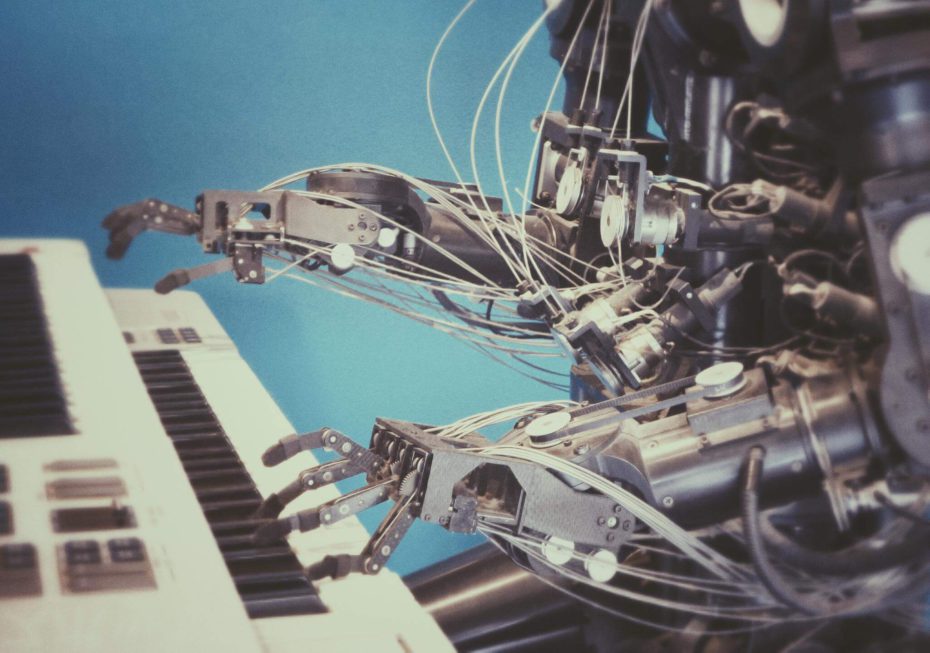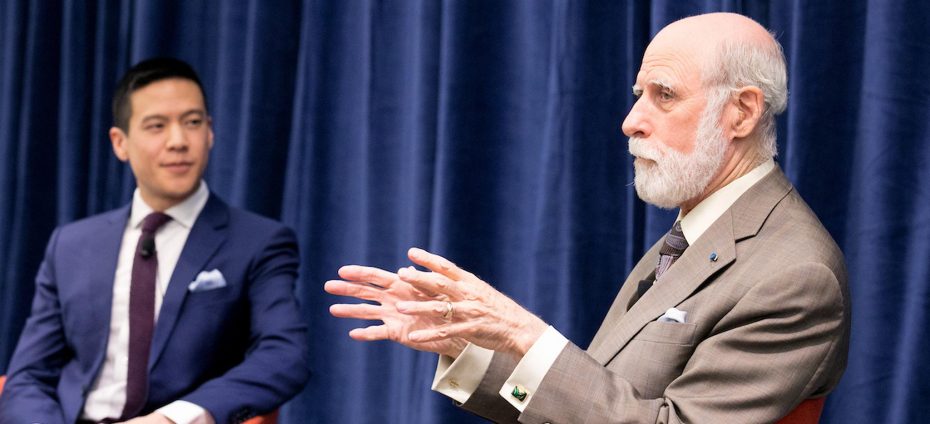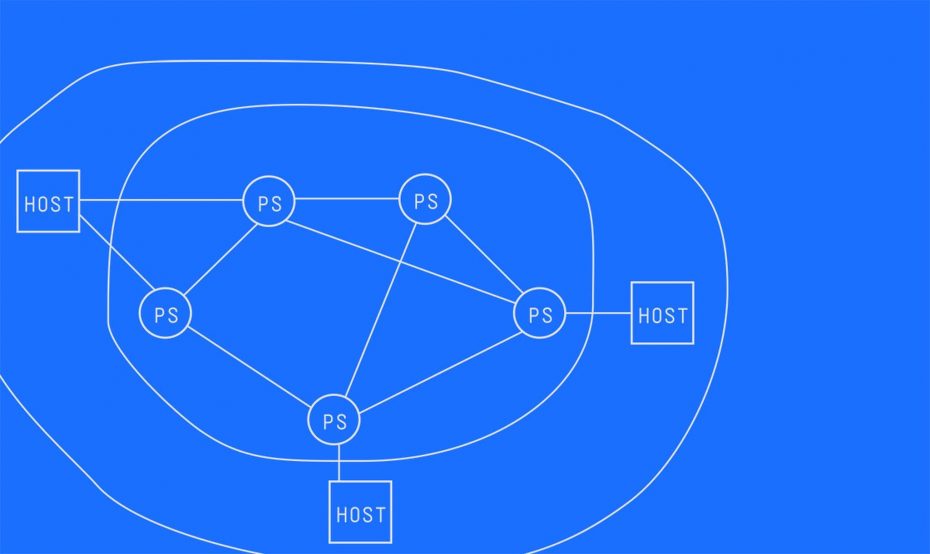The inventors of the internet knew in the early days it had a lot of potential but never guessed how the world would come to rely on this network.
“[Today,] there are hundreds of thousands of networks running independently of each other with different business models, different decisions about who they connect to and what terms and conditions — but it all hangs together thanks to a common set of protocols that they all adhere to,” said Dr. Vint Cerf, a co-inventor and architect of the internet who helped create those protocols. His world-changing contribution earned him the 1997 National Medal of Technology.
Before the internet became a network connecting people across the globe, transforming economies, technology, and communication, it had just one goal. The origins of the internet were simply an experiment aimed at connecting computers across vast distances for military and academic purposes.
The first connection between computers happened 50 years ago, on Oct. 29, 1969. This was the beginning of ARPANET, or Advanced Research Projects Agency Network, which implemented the first internet protocols and laid the foundation for the internet used today.
Dr. Cerf, Dr. Steve Crocker, and Dr. Radia Perlman helped shape the internet. Their work connected those early computers and developed the protocols that make the system of networks stable enough to support our digital world. They recently shared their experiences and hopes for the internet with students at The George Washington University, hosted by the National Science and Technology Medals Foundation.
“We could see instantly that if you had a computer, you would want it connected to a network. The utility — you could taste it,” said Crocker, who has been involved in the internet since its inception. As a graduate student, Crocker helped develop the protocols for the ARPANET.
Crocker noted the internet was designed in a way that allowed it to evolve.
“We needed not to have a closed system that we designed completely but to build a framework that other people could build on,” he said.
“Email, for example, was something that we didn’t anticipate,” Crocker said. “It was a very humble kind of application not worthy of any respect, except that all of [a] sudden it became the application and everybody was using it prior to the World Wide Web.”
Later, Perlman noticed the original ARPANET’s routing algorithm lacked stability, making it vulnerable. “If you just injected a few bad messages, the network would be down forever,” Perlman said. “You could reboot your PC, but you can’t reboot a network. The way that you fix a network is sending network management messages on the network, which, if it’s broken, you’re really in trouble.”
Her design in the 1980s to route IP continues to flourish today, as well as her spanning tree algorithm that transformed Ethernet from the original, limited-scalability into a protocol that can handle large clouds.
This academic experiment went mainstream, with the beginning of commercial access to the internet in 1989 and the launch of the World Wide Web in 1991.
“The arrival of the World Wide Web was a fairly dramatic milestone in the story of the internet,” Cerf said. “…People got very excited because the internet suddenly looked like a magazine. It was formatted with text, images, eventually streaming audio and video.”
“The web became an extremely important avenue for public use of the internet, [especially] in the generation and distribution of content. In fact, there was so much of it, and it introduced the need for…a company that could index the entire World Wide Web and make it available,” Cerf said. “…many companies did that, AltaVista was one of the early applications, then came Yahoo!, then came Google, then came Bing and others. The web is very important.”
Since 2005, Cerf has served as Google’s vice president and chief internet evangelist, contributing to global policy development and continued standardization and spread of the internet.
Building upon the systems that Cerf, Crocker, and Perlman designed has allowed for innovation that changed the way people interact with the world.
“You can think of a product and have a worldwide audience without having to have a storefront,” Perlman said. “You could buy things. You could get information for free about anything. It’s just astonishing.”
One aspect of the internet’s evolution it’s creators find most discouraging is the rise of misinformation and nefarious content.




